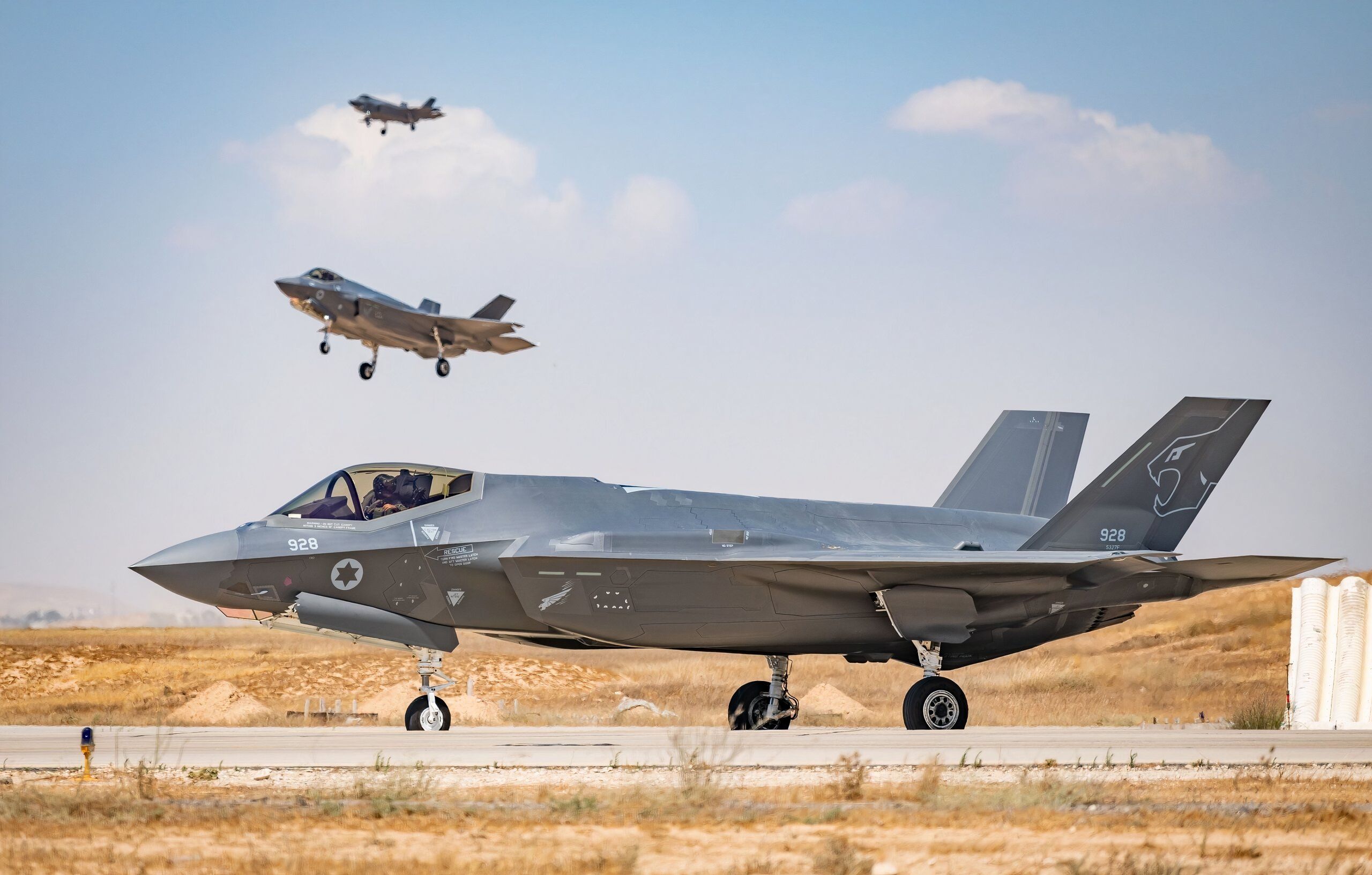The US military’s carrier-based F-35C fighter jets were deployed in combat for the first time during a recent operation targeting Houthi-controlled sites in Yemen.
The strike, carried out between November 9 and 10, 2024, involved the Marine Corps’ VMFA-314 squadron—also known as the “Black Knights”—stationed aboard the USS Abraham Lincoln in the US Navy’s 5th Fleet Area of Responsibility (AOR).
The primary objective was to degrade Houthi capabilities, especially following a series of attacks on international commercial and military shipping by the Iran-backed militia. The Pentagon highlighted that these strikes aimed to prevent further unlawful targeting of vessels operating in these critical maritime zones.
“These facilities housed a variety of advanced conventional weapons used by the Houthis to target US and international military and civilian vessels in the Red Sea and Gulf of Aden,” the Pentagon reported.
Pentagon Press Secretary Maj. Gen. Pat Ryder emphasized the strategic intent behind the strikes, noting that they responded to Houthi aggression and sought to prevent future attacks on regional allies.

He said the operation involved a range of US Air Force and Navy assets, including the F-35C, the F/A-18F Super Hornet, and the EA-18G Growler electronic warfare aircraft.
Maj. Gen. Ryder underscored that these actions would reinforce the US commitment to holding Houthi forces accountable for any illegal or reckless assaults in the region.
While Ryder’s statement specified the involvement of US Navy assets, the F-35C squadron deployed aboard the USS Abraham Lincoln was, however, a US Marine Corps unit: Marine Fighter Attack Squadron 314 (VMFA-314), known as the “Black Knights.”
This unit’s deployment represents a historic first for the F-35 C variant, which has not engaged in active combat until now. The F-35C is the last model of the Lightning II series—following the A and B variants—to debut in combat operations.
According to a video released by CENTCOM, additional assets, including an F/A-18F Super Hornet and an EA-18G Growler electronic warfare aircraft, were seen taking off from the supercarrier to support the F-35C jets.
The strikes underscore the increasing tensions in the region and the strategic deployment of advanced US military capabilities to address them.
F-35’s Combat Evolution
The F-35 fifth-generation fighter’s combat record dates back to its initial deployment six years ago when another Marine Corps squadron led it on its first strike mission.
On September 27, 2018, the US Marine Fighter Attack Squadron 211, known as the “Wake Island Avengers” and part of the 13th Marine Expeditionary Unit, used their F-35B Lightning II aircraft to target insurgents in Afghanistan’s Kandahar Province.
The mission was launched from the USS Essex (LHD-2), a Wasp-class amphibious assault ship stationed in the Persian Gulf.
The F-35A followed shortly after in its first combat outing on April 30, 2019. Two US Air Force F-35A Lightning II jets were deployed to strike ISIS targets in Wadi Ashai, Iraq, as part of Operation Inherent Resolve.
This milestone, marked by precision and advanced stealth capabilities, showcased the F-35A’s combat role in the fight against ISIS. However, even before these US operations, Israel was the first country to employ the F-35 fighter in a combat role.
In May 2018, Israeli Air Force Commander Maj.-Gen. Amikam Norkin disclosed that Israel had used its F-35 “Adir” jets in at least two Middle Eastern strikes, securing Israel’s place as the first country to bring the F-35 into combat.

British F-35Bs are the only other Joint Strike Fighters confirmed to have been deployed in combat operations. However, in missions over Yemen, the UK has used Eurofighter Typhoons instead of the F-35.
Moreover, the Pentagon confirmed that the Iran-backed Houthi fighters launched attacks on US warships, including the USS Abraham Lincoln and two US destroyers.
According to Pentagon spokesperson Maj. Gen. Patrick Ryder, Central Command (CENTCOM) forces successfully intercepted multiple Iranian-backed Houthi assaults while transiting the Bab al-Mandeb Strait, a critical waterway linking the Red Sea and the Gulf of Aden.
During this transit, the USS Stockdale and USS Spruance came under heavy assault from at least eight attack drones, five anti-ship ballistic missiles, and three cruise missiles.
Maj. Gen. Ryder reported that CENTCOM forces effectively intercepted all incoming threats, preventing damage to the ships or injuries to personnel.
This recent series of confrontations exemplifies the heightened tensions in the region and highlights the challenges US forces face in securing vital maritime routes amid escalating Houthi hostilities.
- Contact the author at ashishmichel(at)gmail.com
- Follow EurAsian Times on Google News




